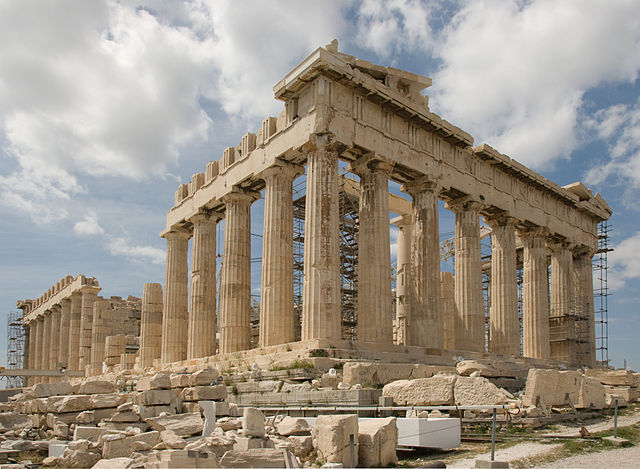Greek vs Roman Architecture
Although Greek and Roman architecture may appear similar, there are distinct differences between the two styles. Greek architects and their civilization came before the Roman civilization, which borrowed aspects of Greek architecture when their time came. However, Roman architecture has its own unique style. This article will discuss the differences between Greek and Roman architecture.
More about Greek Architecture
Greek architecture experienced a decline from the end of the Mycenaean period around 1200 BC till 700 BC. During this time, Plebeians recovered their prosperity and could undertake public buildings. However, most of the buildings from the 8th Century BC to 6th Century BC were made of wood, clay, or mud-bricks. Only a few remains of these buildings have been found, and there are no written sources about this early architecture. Materials used in Greek architecture include wood, unbaked bricks, limestone, marbles, terracotta, plaster, and bronze. This type of architecture was seen in religious, funerary, domestic, civic, and recreational buildings.
More about Roman Architecture
Ancient Rome did not have much of its own architecture. Most Roman architecture has traces of Greek architecture, creating a unique architectural style. The Roman architecture was largely influenced by the Greek architecture, as seen in the use and introduction of the Triclinium as a place of dining. The Romans also learned from the Etruscan civilization, obtaining knowledge that helped them in their future buildings, such as the construction of arches and the use of hydraulics. Roman architecture flourished during the reign of Pax Romana.
Key Takeaways
- Greek architecture consists of three styles: Doric, Ionic, and Corinthian.
- Roman architecture includes basilicas, temples, bridges, and other utilitarian buildings that served to unify the people of the empire.
- Roman architecture was derived from Greek architecture but was modified with cultural ideas to distinguish it from Greek architecture.
